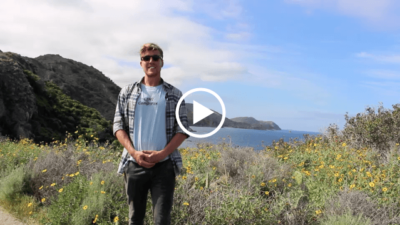
[vc_row][vc_column][vc_column_text]
Here at CIMI, we are a proud proponent of keeping wild places wild. That’s why we’re celebrating the anniversary of the first National Wildlife Refuge. Using an executive order, the conservation-minded President Theodore Roosevelt established the Pelican Island Refuge on March 14, 1903. Since that day, over 560 national wildlife refuges have been created across the United States. The Wildlife Refuge System is an extensive network of protected areas created with the intention of conserving, managing, and even restoring animal and plants populations. Over 150,000,000 acres of our country are dedicated to nation wildlife refuges, protecting over 220 species of mammals, 250 reptiles and amphibians, 700 species of birds, and 1,000 species of fish! These refuges are incredibly important to plants and animals, seeing as over 380 threatened and endangered species call them home.
The California Condor Recovery Program (Recovery Program) is a multi-entity effort, lead by the U.S. Fish and Wildlife Service, to recover the endangered California condor.

Photo Credit: www.fws.gov “California Condor Recovery Program”
There are 39 National Wildlife Refuges in California starting as far south as Tijuana and reaching as far north as Castle Rock on the border between California and Oregon. The Hopper Mountain National Refuge Complex is a system of 4 national wildlife refuges that were established in California to protect the endangered California condor. Due to lead poisoning, poaching, and habitat destruction, California condors were nearly driven extinct in the 29th century. With only 22 individuals left in the wild, drastic measures needed to be taken! Combined efforts to both protect the condors’ habitats with National Wildlife Refuges as well as capture the condors breeding programs has led to a recent boom in their population. Today, California condors are released into the Hopper Mountain National Refuge to roost and live out their lives with minimal human interference; this has led to an increase in numbers to more than 425 in captivity or in the wild, protected by wildlife refuges.
Written by: Max Veenema[/vc_column_text][/vc_column][/vc_row]



